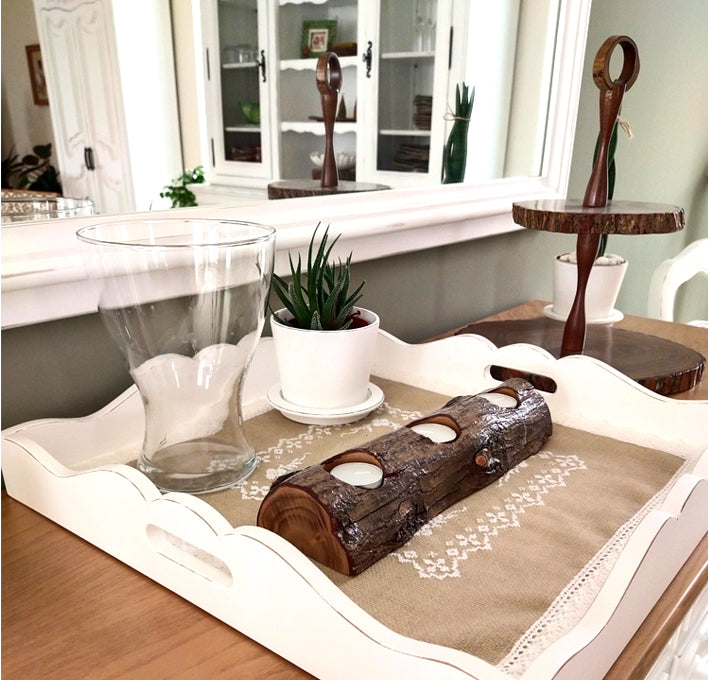Las aviación juegan un papel importante en la formación de profesionales altamente capacitados que aseguran el funcionamiento seguro de la industria mundial escuela de aviación. En un contexto global donde la demanda de transporte sigue aumentando, la necesidad de pilotos técnicos de mantenimiento y otros especialistas en aviación también se incrementa. Las instituciones de aviación no solo brindan una formación teórica, sino que también proporcionan una formación práctica que es fundamental para enfrentar los desafíos del sector. En este aspecto, estas instituciones se han convertido en pilares para aquellos que desean seguir carrera en el ámbito aeronáutico, y su impacto se extiende más allá de la capacitación de pilotos.
Uno de los principales aspectos principales de las instituciones de aviación es la formación de pilotos, un área que ha progresado con los avances tecnológicos en la aviación. Las nuevas simulaciones de vuelo, el empleo de aeronaves reales para prácticas y el análisis de normativas internacionales son solo algunas de las herramientas que se utilizan en la formación de estos profesionales. Además, los candidatos de aviación deben desarrollar habilidades en la toma decisiones inmediatas, la gestión del estrés y la comunicación en situaciones críticas, lo que les permite estar preparados para cualquier eventualidad durante sus vuelos. Estos programas tienden a incluir desde el vuelo privado hasta la formación avanzada para ser piloto de aerolíneas o incluso piloto de aeronaves de transporte grande.
Las escuelas de aviación también desempeñan un papel clave en la formación de técnicos y mecánicos aeronáuticos. Los vehículos aéreos requieren mantenimiento constante, y los técnicos aeronáuticos se encargan de asegurarse de que cada parte de la aeronave funcione de manera correcta y segura. La enseñanza en esta rama no solo se basa en el conocimiento de la mecánica de los aviones, sino también en el entendimiento de las normativas de seguridad y los procesos de reparación. A través de programas especializados, los participantes adquieren las habilidades necesarias para trabajar en el mantenimiento preventivo y correctivo de las aeronaves, lo que es crucial para garantizar la seguridad de los viajes.
En cuanto a la estructura de los programas educativos, las escuelas de aviación brindan diversos niveles de formación, desde cursos básicos hasta programas avanzados para aquellos que desean especializarse en áreas como la aviación comercial, la aviación privada o la gestión de la aviación. Además, muchos de estos centros cuentan con colaboraciones con aerolíneas y empresas del sector, lo que les permite ofrecer pasantías y experiencias prácticas que facilitan la transición de los estudiantes al mundo laboral. Esta relación con la industria aérea es importante, ya que los egresados de estas instituciones suelen ser muy valorados por su preparación integral y su conocimiento práctica del entorno aeronáutico.
Es importante destacar que las escuelas de aviación no solo son fundamentales para los futuros pilotos y técnicos, sino también para la capacitación de personal administrativo y de operaciones que se encarga de supervisar operaciones aéreas, controlar el tráfico aéreo y monitorear la logística de las aerolíneas. La educación completa que se ofrece en estos centros asegura que los estudiantes estén preparados para afrontar las múltiples facetas de la aviación moderna.
En conclusión, las escuelas de aviación son centros clave para el desarrollo de la industria aeronáutica. Ofrecen una formación integral que abarca desde la aviación civil hasta el mantenimiento de aeronaves y la gestión aérea. Gracias a su metodología práctico y especializado, estos centros de educación continúan siendo la base sobre la que se construye el futuro del transporte aéreo. Con la constante expansión de la aviación a nivel mundial, la demanda de estos profesionales bien formados seguirá creciendo, consolidando a las escuelas de aviación como actores fundamentales en este sector vital para la economía.


